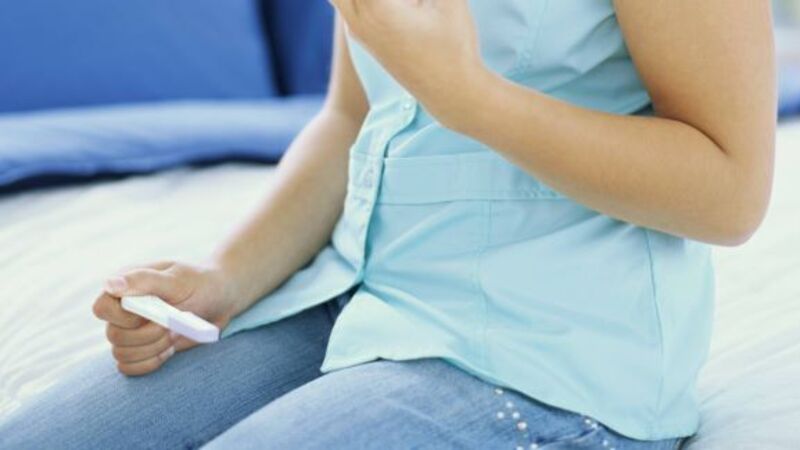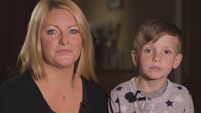Lower teen birth rate linked to education programme

In 2001, when RSE was still relatively new, the birth rate among 15 to 19 year olds was 20 per 1,000. The rate had dropped to 7.8 per 1,000 by last year.
Orla McGowan, education officer with the HSE’s Sexual Health and Crisis Pregnancy Programme, said that RSE programmes in schools and youth centres had played “a crucial role in informing teenagers about healthy relationships and the potential consequences of early sex”.












